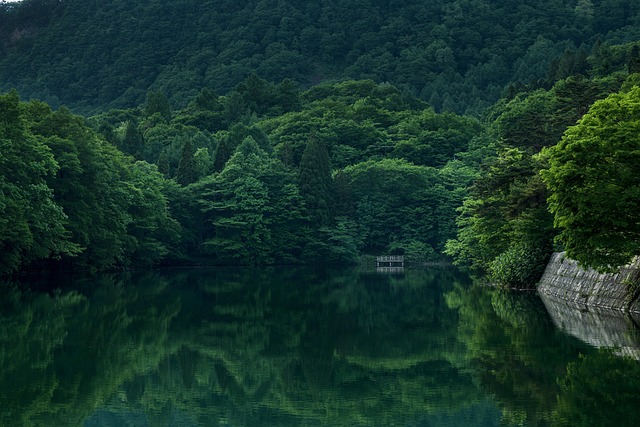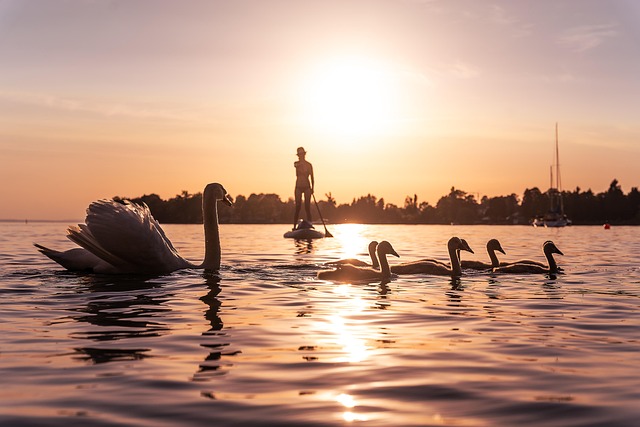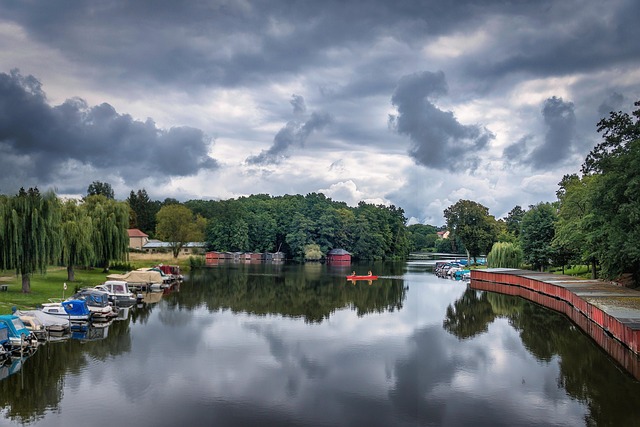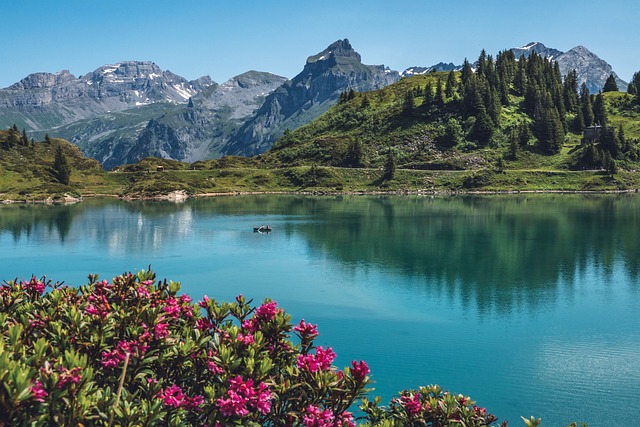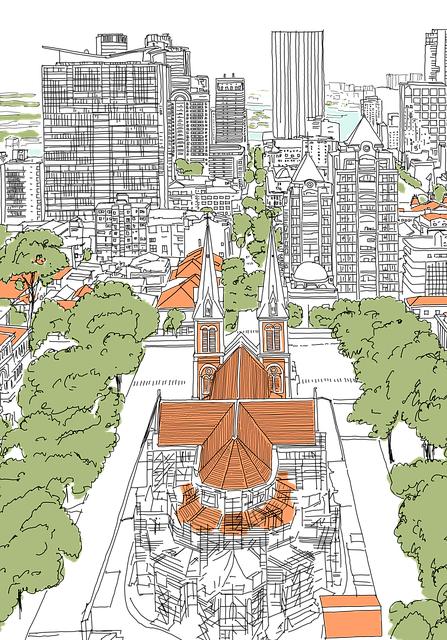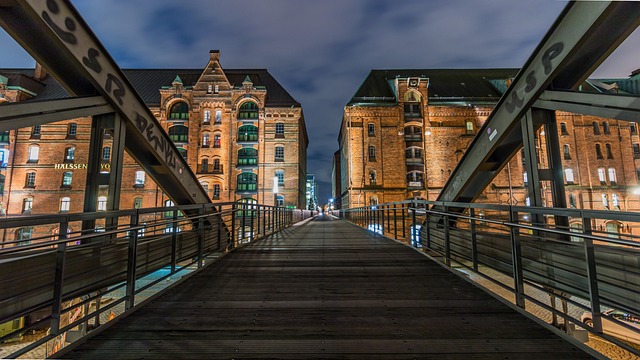In arid landscapes, real estate developments merge desert aesthetics with water features, creating immersive recreational hubs that offer year-round appeal for nature enthusiasts. These designs mitigate desert heat, fostering microclimates ideal for outdoor activities and providing local communities with central gathering spaces encouraging social interaction. The hub offers diverse experiences, from water sports to serene walks through desert-inspired landscapes, catering to both residents and tourists while promoting sustainability and environmental stewardship.
Discover the captivating fusion of desert landscapes and aquatic recreation at a burgeoning hub that’s redefining leisure. This unique destination seamlessly integrates stunning desert features with refreshing water activities, offering a fresh take on real estate potential. From innovative design strategies to sustainable practices, explore how these recreational spaces cater to nature enthusiasts while appealing to a diverse market. Uncover the secrets behind creating captivating environments that enhance enjoyment and leave lasting memories.
Integrating Desert and Water Features in Recreational Spaces

In the heart of arid landscapes, where sand meets waves, a unique recreational hub emerges—blending the stark beauty of the desert with the tranquil allure of water features. This harmonious integration offers a refreshing twist in real estate development, appealing to nature enthusiasts seeking diverse experiences. By incorporating desert elements into water-centric spaces, designers create an immersive environment that captivates visitors year-round. Picture a sprawling oasis where palm trees sway beside shimmering lakes, or a desert river meanders through rock formations, offering both relaxation and adventure.
Such creative design not only enhances the overall aesthetic appeal but also provides practical benefits. Water features can mitigate extreme desert temperatures, creating microclimates that encourage outdoor activities during hotter months. Moreover, these recreational hubs can become central focal points for local communities, fostering a strong sense of place and offering diverse leisure opportunities. From water sports to peaceful strolls alongside desert-inspired landscaping, these spaces cater to a wide range of interests, making them vibrant hubs of activity and social interaction.
Real Estate Potential: Unique Attractions and Market Appeal
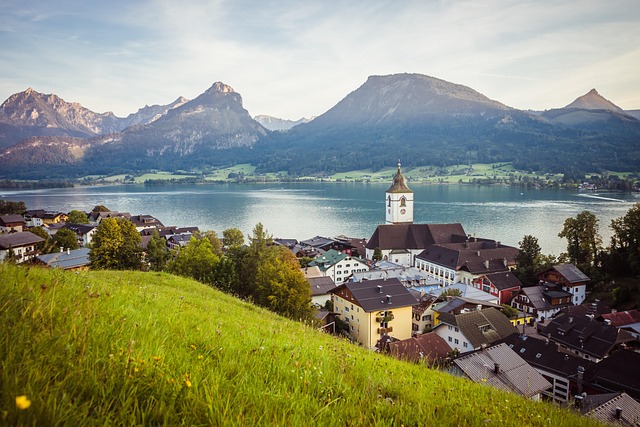
In the heart of where desert meets water, a new recreation hub emerges as a game-changer in real estate potential. This unique blend of arid landscapes and abundant water offers a captivating tapestry of experiences that resonate with various market segments. From outdoor enthusiasts who seek challenging terrain for hiking, biking, and off-roading, to water sports aficionados craving windsurfing, kayaking, and scuba diving, the hub caters to diverse interests.
The real estate appeal lies in the ability to create exclusive, yet accessible, communities that embody this dual nature. Luxurious villas with private pools overlooking oases, eco-friendly apartment complexes nestled among palm trees near lakes, and vacation rentals offering panoramic views of both desert sunsets and aquatic activities—all these concepts tap into a growing market demand for experiential living. This diverse offering caters to year-round residents as well as tourists, ensuring a vibrant, bustling atmosphere that promises to enhance the quality of life for all who call this desert-meets-water recreation hub home.
Designing Sustainable Environments for Optimal Enjoyment
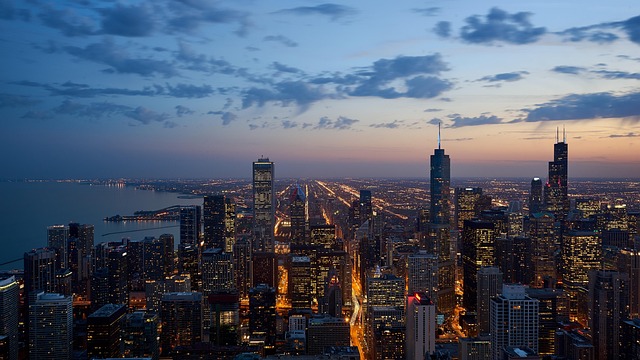
In designing a desert-meets-water recreation hub, sustainability is key to ensuring optimal enjoyment for visitors while minimizing environmental impact. Real estate development should prioritize eco-friendly practices, such as incorporating native vegetation to reduce water consumption and preserve local ecosystems. Additionally, efficient waste management systems and renewable energy sources can significantly enhance the overall experience, creating a harmonious balance between man-made amenities and natural landscapes.
The integration of water features into arid environments requires careful planning to ensure long-term viability. By utilizing innovative technologies for water conservation and purification, developers can offer year-round recreational opportunities without depleting local water resources. This approach not only fosters environmental stewardship but also creates a unique selling point that attracts visitors seeking sustainable and immersive experiences in the heart of the desert.
